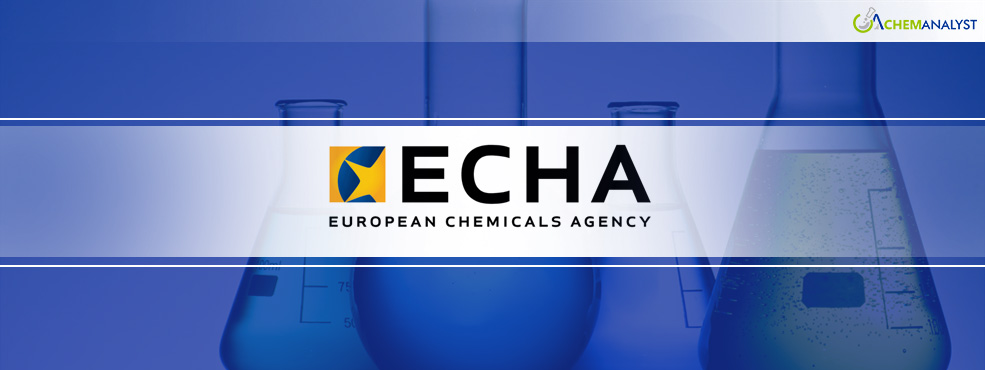ECHA Expands PIC Regulation with 40 New Hazardous Chemicals
- 08-Jan-2025 11:30 PM
- Journalist: Bob Duffler
The European Union has expanded Annex I of its Prior Informed Consent (PIC) Regulation to include 40 additional chemicals, consisting of 35 pesticides and five industrial chemicals. Among these are substances like abamectin, difenacoum, fenpropimorph, dimethomorph, triadimenol, and penflufen. The inclusion of a chemical in Annex I requires exporters to notify the European Chemicals Agency (ECHA) before shipping these substances to non-EU countries. For most of the newly added chemicals (38 in total), explicit consent from the importing country will also be mandatory, as they are listed in both parts 1 and 2 of Annex I.
The regulation also revises the status of two substances, cyanamide and warfarin, already included in Annex I. Following the amendments, exporting these chemicals will now require explicit consent from the importing country in addition to the standard export notification.
Furthermore, the EU has added a subgroup of per- and polyfluoroalkyl substances (PFAS) to Annex V of the PIC Regulation, which lists chemicals subject to an export ban. Specifically, perfluorohexane sulfonic acid (PFHxS), its salts, and PFHxS-related compounds are now prohibited for export. This decision aligns with the Stockholm Convention's classification of PFHxS as a persistent organic pollutant due to its long-lasting and harmful environmental and health effects.
ECHA has updated its ePIC IT tool to reflect these changes, allowing companies to submit notifications for the export of these newly listed substances.
The PIC Regulation is a cornerstone of the EU’s approach to regulating hazardous chemical trade. It ensures that certain chemicals banned or heavily restricted within the EU cannot be exported or imported without the proper oversight. Companies involved in such trade must comply with these obligations to promote safety and prevent environmental and health risks associated with hazardous substances.
This regulatory update underscores the EU’s commitment to strengthening global chemical safety and aligning its policies with international conventions. By enforcing stricter controls and export bans, the EU aims to reduce the risks posed by hazardous chemicals while encouraging safer alternatives. For exporters, the changes highlight the importance of adhering to compliance requirements, including obtaining necessary consents and using updated tools like ePIC to manage notifications effectively.



